What is sunstroke?
Exposure to high heat and sunlight during the summer is an assault on the body. The mechanisms for regulating body temperature are put in place and can be overwhelmed. It is the hypothalamus, a gland located at the base of the brain, which is responsible for homeothermy; that is, the body’s ability to control its internal temperature and maintain it constantly around 37 degrees, thanks to two mechanisms:
- Perspiration: It is sweat that allows the excess heat felt by the body to be eliminated through the skin.
- Thirst: thanks to this important signal for regulating body temperature, rehydration provides all the essential minerals eliminated by perspiration.
When body temperature rises abnormally, it is called hyperthermia. The elderly and children are particularly susceptible to heatstroke because their thermoregulatory abilities do not function as well as those of adults.
What causes heatstroke?
The main cause of sunstroke is prolonged exposure to sunlight, especially in summer. Other factors that can contribute to the condition and worsen symptoms include:
- Temperature above 21 degrees and no wind
- Taking medications that disrupt the regulation of body temperature, such as diuretics, anti-inflammatories, certain antihypertensives, certain antibiotics, treatments for Parkinson’s disease, migraines, thyroid hormones, or even antidepressants and neuroleptics
- Prolonged physical exertion in the case of sporting or leisure physical activity, such as gardening, running, cycling, or walking, for example
In any case, it is the association between exposure to the sun and the overriding of body temperature regulation mechanisms that explains the symptoms of sunstroke.
What are the symptoms of heatstroke?
Symptoms of sunstroke appear after prolonged exposure to the sun for several hours. However, those who are more vulnerable, especially children, may experience symptoms even more quickly. Sunstroke is a direct result of solar radiation on the head and neck. Diagnosis does not require further examination; only physical signs and the context confirm sunstroke. The most common symptoms are:
- A feeling of warmth on the face
- A fever above 39.5 degrees
- Hot, dry skin
- A feeling of discomfort and dizziness
- An increased heart rate with difficulty breathing
- Nausea and vomiting
- Drowsiness
- Ringing in the ears
- A pallor
- Muscle cramps
- A confusion
In the most severe cases, heatstroke can lead to fainting and loss of consciousness. The associated dehydration can sometimes be fatal in children and the elderly.
What is malignant sunstroke?
When the body temperature exceeds 40 degrees, or there are severe symptoms, we speak of “malignant” heatstroke:
- Loss of consciousness
- Confusion
- Breathing trouble
- Absence of perspiration
- Dry mouth and sunken eyes
In case of malignant heatstroke or doubt, emergency services should be called as quickly as possible for hospital treatment if necessary, especially in children.
What treatment for sunstroke?
From the onset of the first symptoms, especially in the most vulnerable, heatstroke must be taken seriously because of the risk of progression to more serious disorders such as coma, which can be fatal. Although most cases recover quickly and without after-effects, in the event of hospital resuscitation, the risk of death is still almost 50%. The priority of medical treatment is to lower body temperature as quickly as possible. At the first signs, it is recommended to:
- Place the person in a cool, ventilated, shaded place to prevent symptoms from worsening.
- Have him take a lukewarm shower and/or wet him thoroughly and regularly to allow the water to evaporate on contact with the skin and thus cool the body.
- Hydrate with drinking water or intravenously in case of loss of consciousness or difficulty swallowing.ng
- Taking paracetamol or aspirin is not recommended for heatstroke, as they are not effective against this type of hyperthermia. Paracetamol can also aggravate liver damage, and aspirin can cause circulatory problems, which can be problematic.
In most cases, thanks to these simple and quick measures, the symptoms of heatstroke disappear within a few hours, without after-effects.
Why are some people more at risk of sunstroke?
Anyone can suffer from heatstroke at any time in their life. However, certain conditions can weaken the regulation of homeothermy and worsen symptoms:
- Babies and young children: Due to the immaturity of their central nervous system, they become dehydrated more quickly and are still dependent on adults for hydration.
- Elderly people: at this age, it is mainly the deregulation of the sweating and thirst systems that prevents them from correctly assessing heat and realizing that they need to drink.
- Athletes: During particularly intense physical exertion in the sun, lack of preparation increases the risk of dehydration, especially when wearing waterproof clothing that does not wick away heat or when taking stimulants.
- People who are ill and take medications for a long time: some medications can alter the central nervous system’s temperature regulation system and the sensation of thirst.
If you or someone you know falls into these risk categories, do not hesitate to put in place measures to prevent heatstroke and talk to your doctor.
How to effectively prevent heatstroke?
The best way to avoid sunstroke is to protect yourself effectively against the sun’s rays, especially for the most vulnerable. It is recommended to adopt common-sense measures to protect yourself:
- Avoid exposure during the hottest and sunniest hours, between 11 a.m. and 5 p.m.
- Avoid prolonged exertion in the sun without protection
- Wear hats, caps, long-sleeved, light-colored protective clothing
- Avoid clothing that is too thick, tight, or dark in color.
- Wet your forehead and neck regularly to cool down.
- Drink water regularly, dividing 1 to 2 liters per day in small quantities rather than a liter and a half at once.
- Take shelter in the shade or under a parasol as often as possible
- Do not sleep under the sun
- Protecting children and the elderly

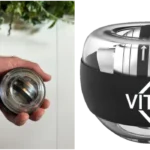
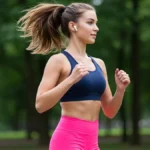

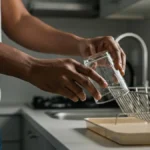
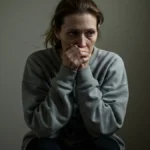



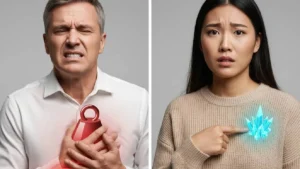
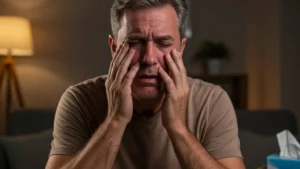
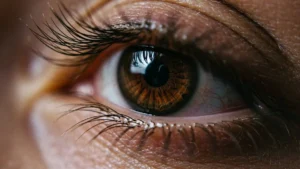
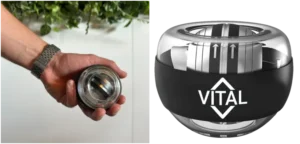
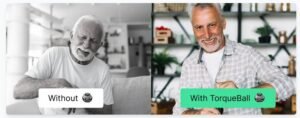



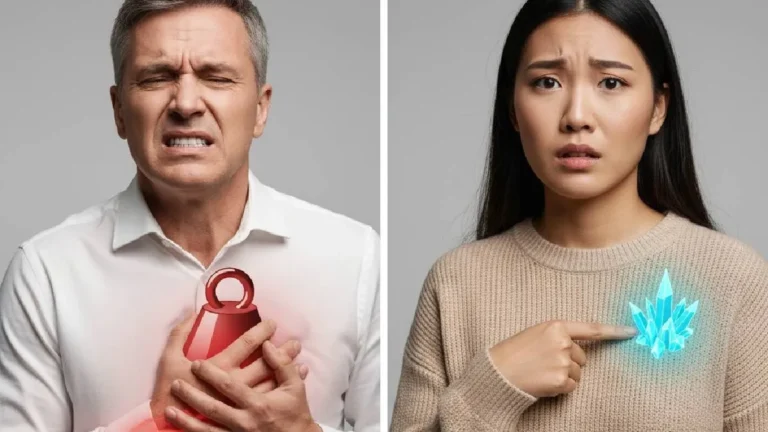
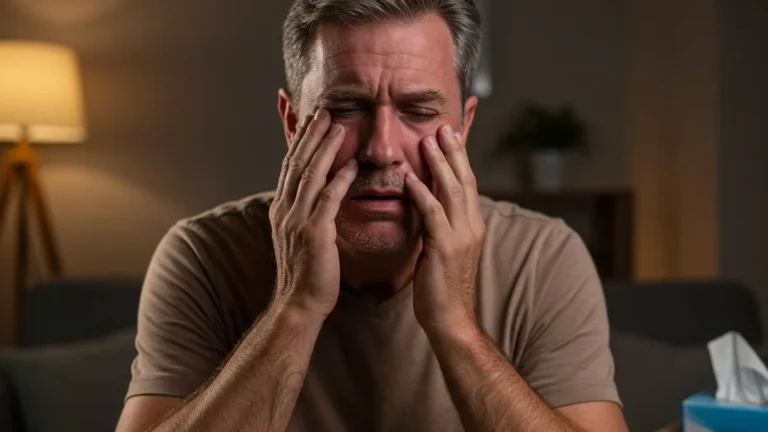
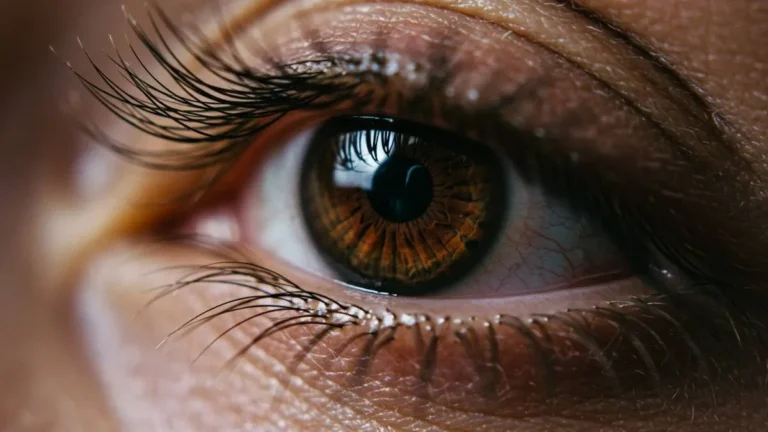
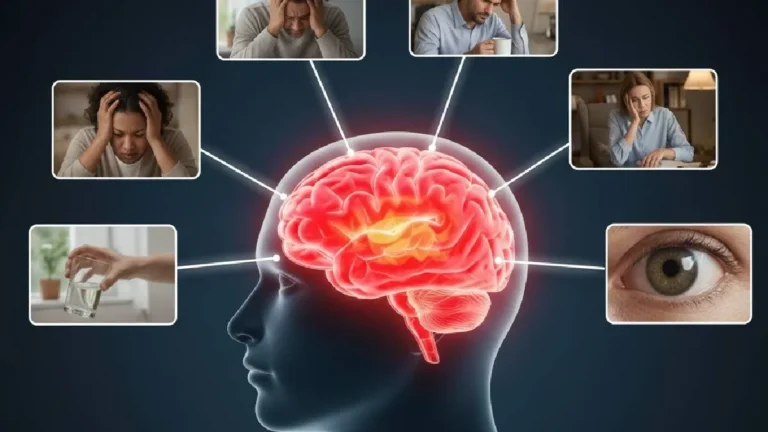

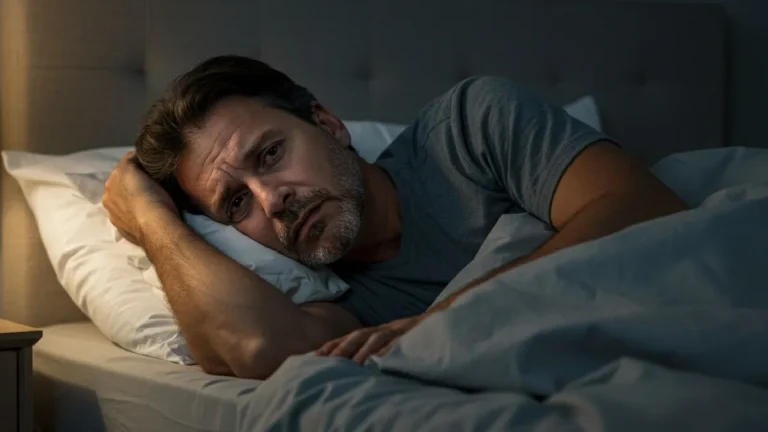
+ There are no comments
Add yours